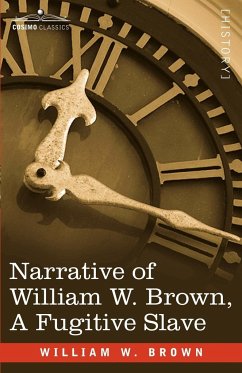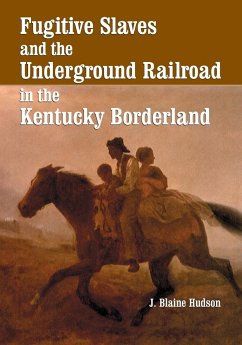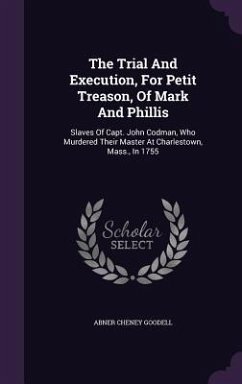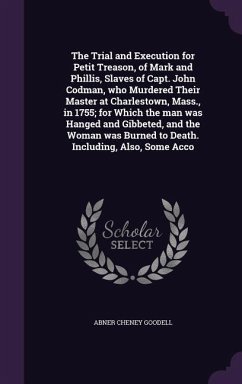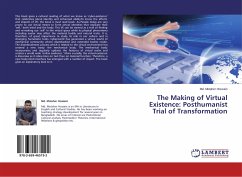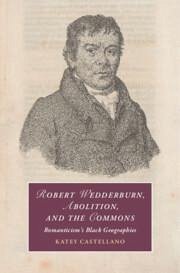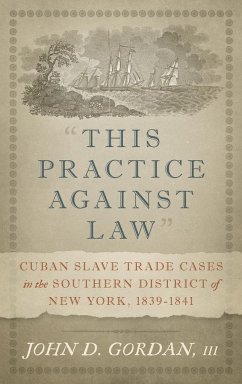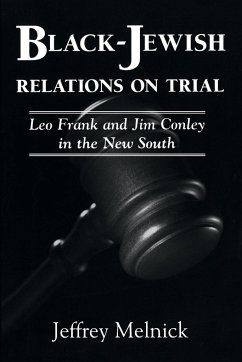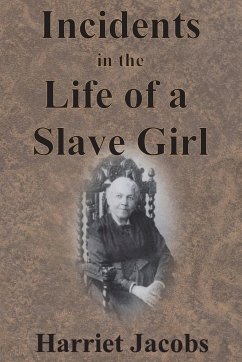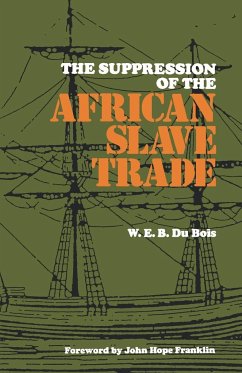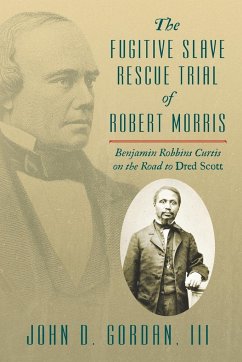
The Fugitive Slave Rescue Trial of Robert Morris
Benjamin Robbins Curtis on the Road to Dred Scott.
Versandkostenfrei!
Versandfertig in 1-2 Wochen
30,99 €
inkl. MwSt.

PAYBACK Punkte
15 °P sammeln!
Relying on extensive surviving original records, this book analyzes the November 1851 trial in the federal circuit court of Robert Morris, the second black admitted to practice in Massachusetts, for rescuing a fugitive slave from the custody of the U.S. marshal in the federal courtroom in Boston. It demonstrates that Justice Benjamin Robbins Curtis, a supporter of Daniel Webster and the Fugitive Slave Act of 1850 presiding under a recess appointment, made two critical rulings against Morris that were at odds with existing precedents. Finally, the book contextualizes Morris's trial among the ot...
Relying on extensive surviving original records, this book analyzes the November 1851 trial in the federal circuit court of Robert Morris, the second black admitted to practice in Massachusetts, for rescuing a fugitive slave from the custody of the U.S. marshal in the federal courtroom in Boston. It demonstrates that Justice Benjamin Robbins Curtis, a supporter of Daniel Webster and the Fugitive Slave Act of 1850 presiding under a recess appointment, made two critical rulings against Morris that were at odds with existing precedents. Finally, the book contextualizes Morris's trial among the other trials for this rescue, the prosecutions for the attempt to rescue Anthony Burns, another fugitive slave, in 1854, and the Supreme Court's decision in Dred Scott in 1857. "This 'small' book packs a large wallop. Gordan navigates the complexities of trial advocacy and trial procedure with unexcelled mastery. His analysis of the complex legal issues, including the power of the jury to rule on questions of law as well as fact, is persuasive. Gordan also throws a revisionist light on some of the major players - like John P. Hale who emerges from the wings as the real leader of the abolitionist bar; and Benjamin R. Curtis, whose manipulation of the law in the Morris trial illuminates his famous dissent in Dred Scott v. Sandford. A gem of a book." --R. Kent Newmyer, University of Connecticut School of Law "A wonderfully detailed exposition of the fugitive slave rescue trial of Robert Morris, John Gordan's work unearths a wealth of material about the events, the people, and the legal acumen of the lawyers and judges involved. It will enable scholars to evaluate a question central to our judicial system: What is the proper division of authority between judge and jury? The information contained in Gordan's book provides a much-needed historically accurate basis from which to answer that question." -- Maeva Marcus, Director, Institute for Constitutional History, The New-York Historical Society, and Research Professor of Law, The George Washington University Law School "John Gordan's extraordinary sleuthing of documents and sources and keen insights provide a highly readable and intriguing account of the slave rescue trial of Robert Morris in 1851. The book reveals new insights about Benjamin Robbins Curtis, presiding as Circuit Justice, and sheds important new light on the differing views of the rule of law and jury nullification in 19th century America." --Christian G. Fritz , Henry Weihofen Chair in Law and Professor of Law, University of New Mexico John D. Gordan, III, a graduate of Harvard College and Harvard Law School, clerked for the Honorable Inzer B. Wyatt, U.S. District Judge (S.D.N.Y.), from 1969 to 1971 and served as an Assistant U.S. Attorney (S.D.N.Y.) from 1971 to 1976. He was in private practice in New York City from 1976 to 2011.



